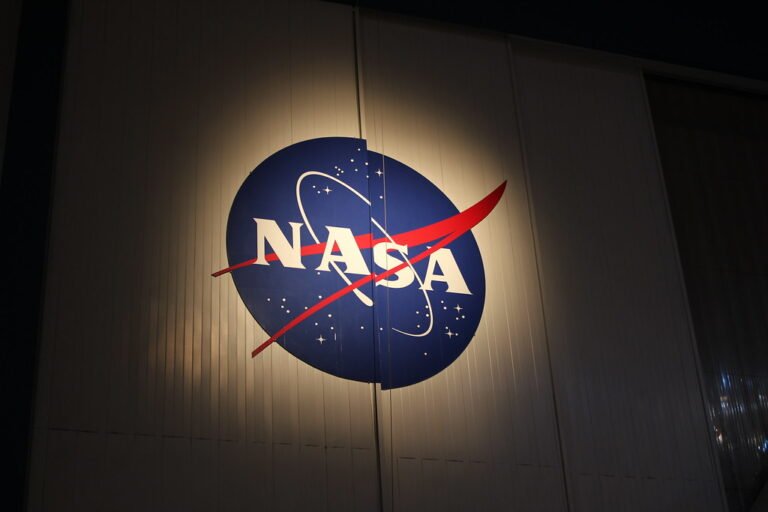
Pasadena, CA — Recent research from NASA indicates that Ceres, the largest body in the asteroid belt located between Mars and Jupiter, might have once possessed the chemical energy required to sustain microbial life, offering a more vibrant view of the currently frozen dwarf planet.
Utilizing data gathered from NASA’s Dawn mission, researchers have discovered that Ceres’ ancient subsurface ocean could have supported prolonged hydrothermal activity, supplying the vital components for life: water, organic molecules, and chemical energy.

NASA/JPL-Caltech/UCLA/MPS/DLR/IDA
The findings, published in Science Advances, show that as far back as 4 billion years ago, decaying radioactive elements within Ceres’ rocky core likely heated the underground water, leading to the rise of hot, gas-rich fluids that mixed with a brine reservoir beneath the surface. These fluids may have contained methane and carbon dioxide, substances that are known to fuel microbial metabolisms on Earth.
“On Earth, similar conditions are often microbial hotspots,” said lead author Sam Courville, now at Arizona State University. “If the same kind of chemical energy existed on Ceres, it raises interesting questions about its past habitability.”
Although there’s no evidence that life ever existed on Ceres, the discovery adds the final piece to the “habitability puzzle,” complementing previous findings of water and organic compounds.

NASA/JPL-Caltech
Researchers suggest that Ceres’ most favorable period for habitability occurred between 2.5 and 4 billion years ago, coinciding with a peak in its internal heat. In contrast, the present-day Ceres is too frigid and lacks the necessary active heating to sustain life as we understand it, although remnants of its vibrant history still exist.
These discoveries also imply that other water-abundant yet geologically inactive bodies in the outer solar system may have undergone similar phases of possible habitability.
The Dawn spacecraft, which orbited Ceres from 2015 to 2018, was operated by NASA’s Jet Propulsion Laboratory and received support from international collaborators, including Germany and Italy.


